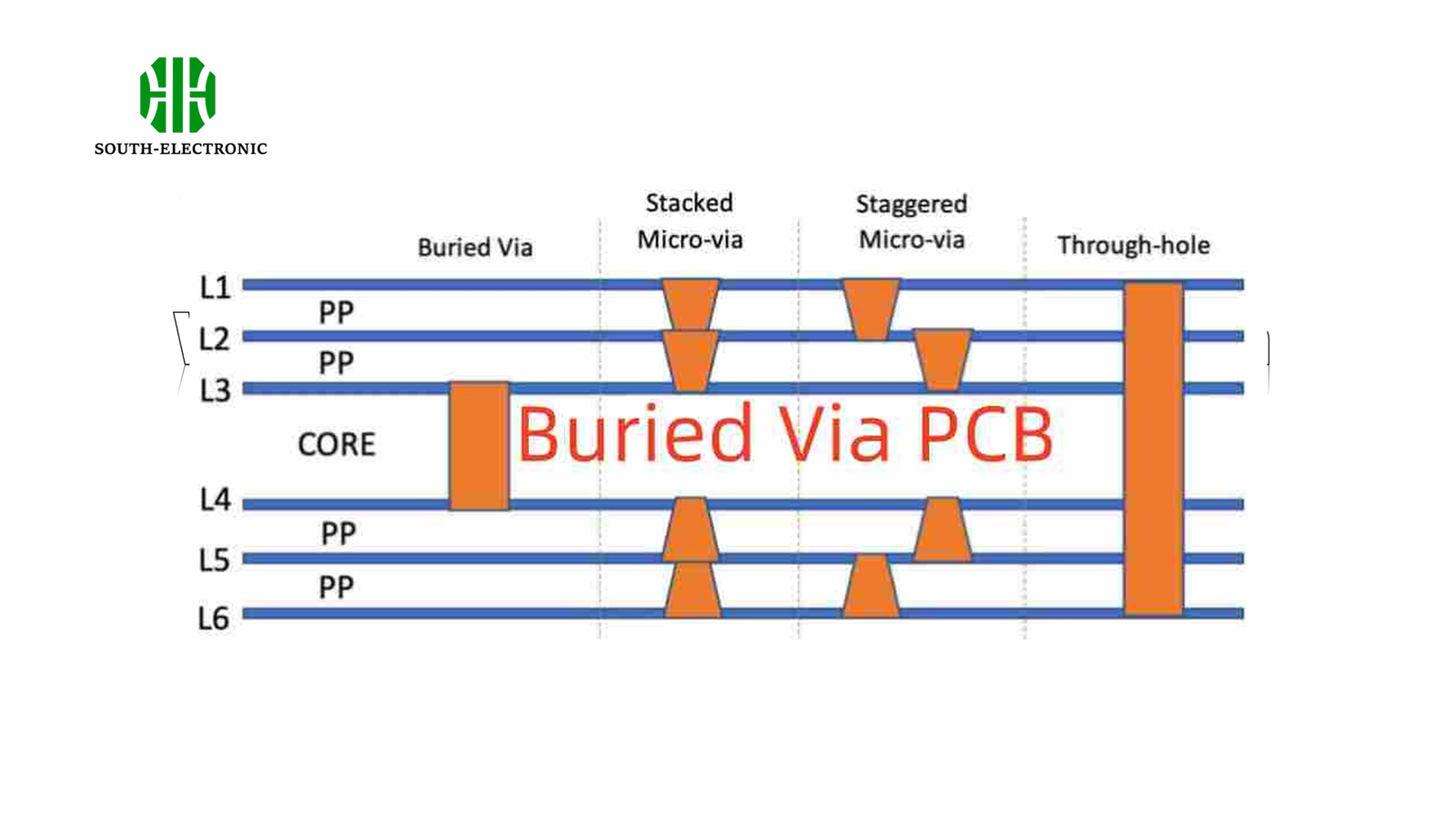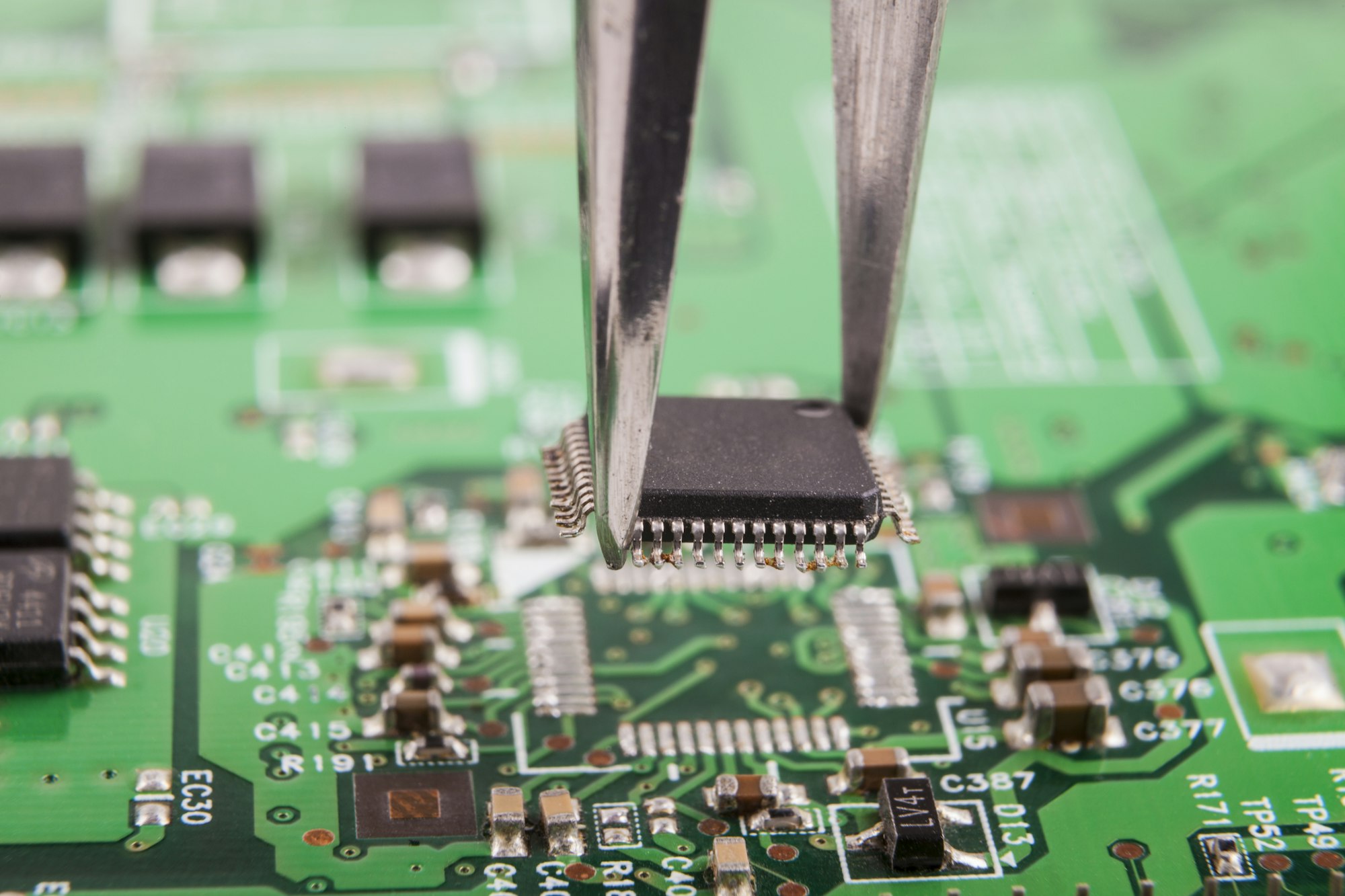Ever struggle with dense PCB routing? Traditional through-holes waste precious space. Imagine freeing up inner layers – that’s where blind vias shine.
A blind via connects outer layers to inner layers without piercing the entire PCB. Like an elevator stopping between floors, it saves space while maintaining connections between specific layers. It’s ideal for high-density designs needing compact routing paths.
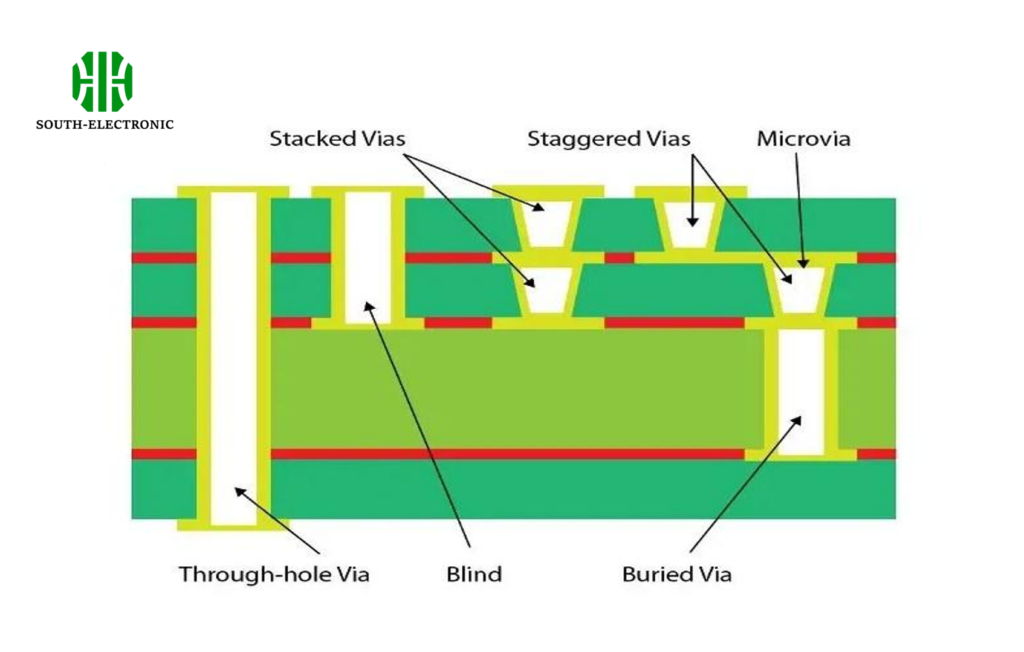
This partial-depth feature revolutionizes modern electronics. But its strategic use involves trade-offs. Let me break down critical considerations:
Why use blind vias in PCB design?
Cramming components into smartwatches or phones? Routing gets chaotic fast. Blind vias solve this maze-like challenge.
Blind vias enable routing below surface components by connecting the top layer to inner layers. This conserves 12-40% board space versus through-hole vias. Designers use them when components outnumber routing channels.
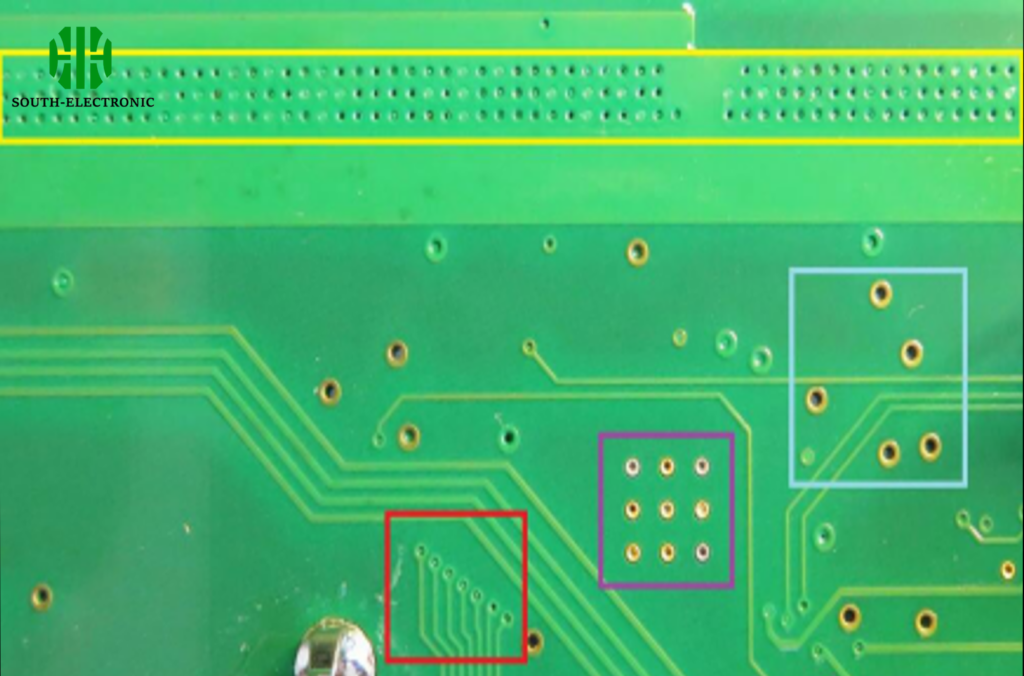
Space Optimization Mechanics
Blind vias create vertical shortcuts only where needed. Picture downtown building tunnels versus subway lines:
| Feature | Through-Hole Vias | Blind Vias |
|---|---|---|
| Space Occupancy | High | Low |
| Layer Access | All layers | Outer + selected inner |
| Signal Path | Longer | Shortest route per layer |
Component proximity advantages
When designing smartphone motherboards, I reserve through-holes only for power stabilization chips. Blind vias handle antenna arrays requiring precision impedance routing between layer 1 and 3. This prevents "stub effect" delays occurring with full-depth holes in high-frequency sections.
Thermal management co-benefits
During drone controller designs, placing thermal vias directly under BGAs becomes feasible because laser-drilled blind holes avoid hitting unrelated layers. This drops junction temperatures by 8-12°C in stress tests. Heat dissipation paths gain efficiency without sacrificing routing zones.
Do blind vias increase PCB costs?
Budget concerns? Those clever space-savers add manufacturing complexity. You must weigh density against dollars.
Blind vias typically increase costs 15-30% over standard PCBs. Laser drilling, sequential laminations, and precision layer alignment contribute to higher pricing. Their usage requires justified density needs.
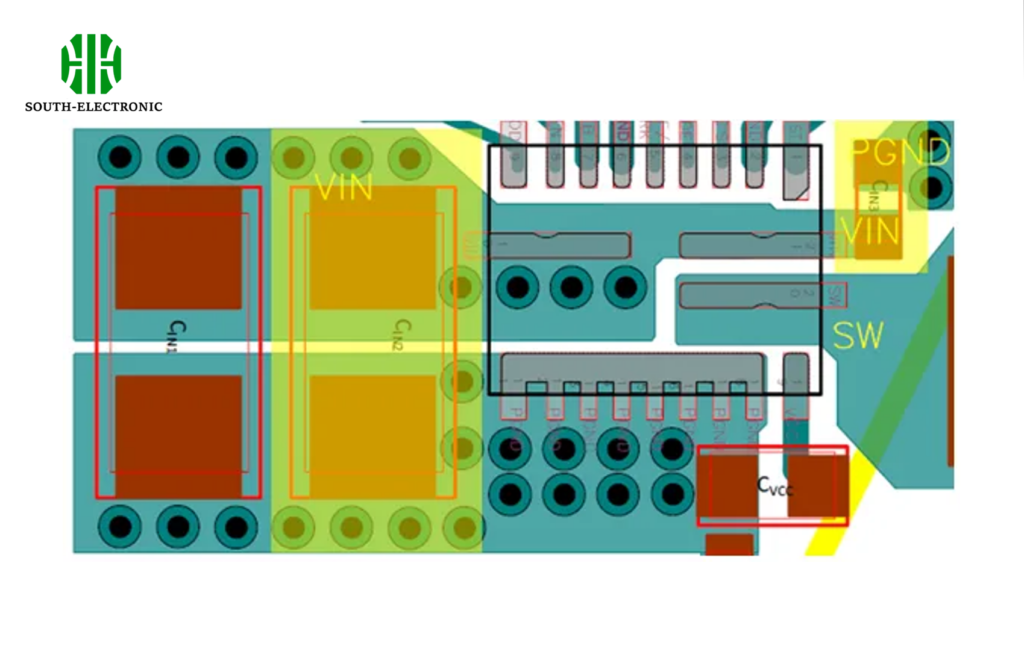
Cost Element Breakthrough
Three factors dominate price differences:
| Cost Driver | Effect | Cost Impact |
|---|---|---|
| Laser Drilling | Specialized setups | +$0.05/hole |
| Layer Alignment | Registration steps | +7% per lamination |
| Yield Impact | Reject rate increase | +5-8% |
Threshold calculation strategy
For medical sensor boards, I only activate blind vias after 400 component placements. Below this threshold, staggered microvias suffice. My decision formula: Total layers × Signal nets / available routing area. Ratios over 2.1 justify the expenditure.
Niche exception cases
Automotive radar modules demonstrate counter-intuitive savings. Despite laser drilling costs, eliminating four-layer jumps cut impedance mismatches. This removed $3.20/shield cans previously needed for noise suppression. Over 10,000 units, net savings actually occurred.
When do blind vias and microvias combine in advanced HDI designs?
Designing cutting-edge servers or 5G modules? Pairing these technologies creates hyper-density without collapse risks.
Combined blind-microvia structures solve routing congestion in >=8 layer HDI boards. The hybrid approach allows <0.1mm trace spacing by stacking microvias atop blind base holes. Manufacturers deploy this when via density exceeds 5,000 connections/sq. in.

Hierarchical Via Architecture
This technique creates multi-story vertical channels:
- Blind via first establishes L1-to-L4 connections
- Microvias stacked atop connect L4-L6
- Filled and plated into single conductive column
Density multiplication effect
In cloud server CPU boards, I achieve 16Gb/s DDR5 routing via staggered microvias branching from blind artery channels. This approach nets 37% more traces per mm² versus singular via types. Signal reflection rates drop below 1.8%.
Reliability protocols
Moisture ingress at layer interfaces causes microcracks. Our solution: epoxy-filled annular rings around blind bases prior to microvia stacking. I implement cross-section IPC-6012 testing every 100 panels. This reduced field failures by 91% in data center routers.
Conclusion
Blind vias optimize space and signal integrity in dense PCBs. While adding manufacturing costs, their strategic pairing with microvias enables next-generation HDI devices. Every layer matters in modern electronics.

